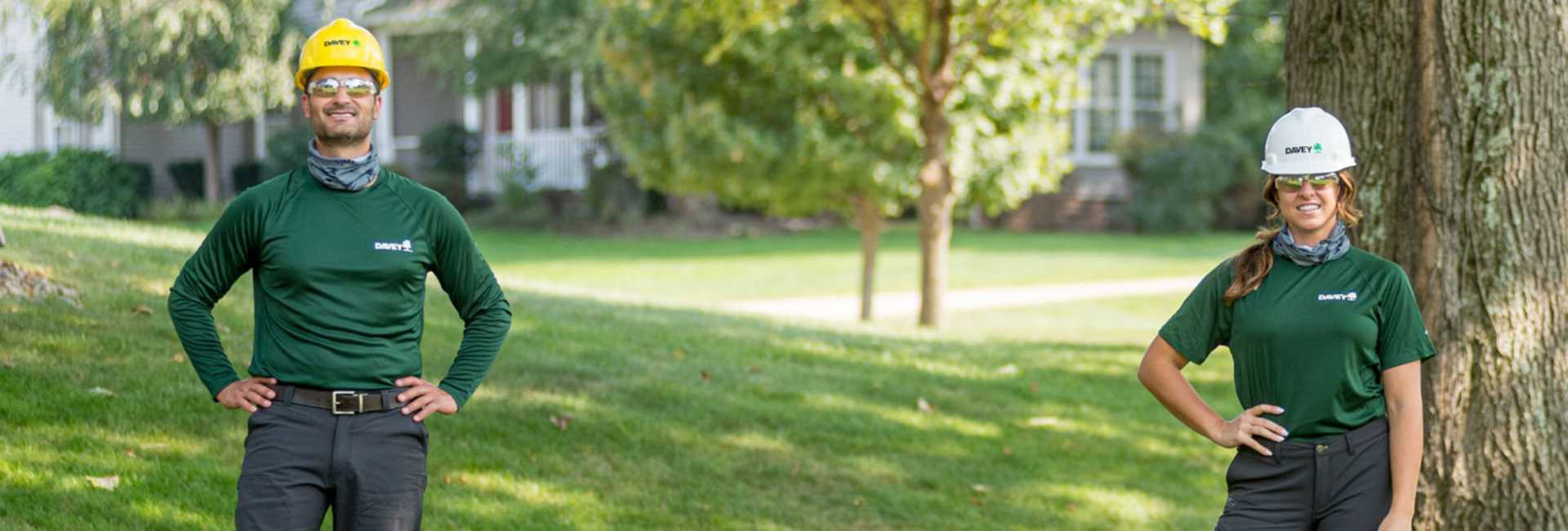Imagine your dream garden. No doubt it has serene spaces for you to relax or gather with friends, where you’re surrounded by countless flowers and natural wonder.
When planning, be sure to include spots for your other friends, too. The ones who bring life–and more blooms–to your garden. Yup, we’re talking about pollinators.
Read on to learn steps to design a pollinator garden along with the best plants to include!
How To Design & Create A Pollinator Garden (Bee Friendly Garden Design)
Why Plant A Pollinator Garden?
When you create habitat for pollinators, you get to enjoy those beautiful, graceful creatures and all their benefits. Plus, you’ll feel good about what you’re doing.
Learn The Step-by-step Instructions To Design A Garden Plan For Pollinators
- Plan where you’ll plant.
To create a pollinator garden, you don’t need much space. And you certainly don’t need to abandon your previous garden plan. Instead, see where you have room for new plants or spots you could replace plants. Pick areas that aren’t too windy. Pollinators don’t like that! - Go native.
Native pollinators have evolved with native plants from which they collect pollen, nectar, resins, and oils. The bees will be happy, and you will, too! Native plants are often low-maintenance since they’ve adapted to thrive in your region. but that doesn't mean they will be damage-free as some native plants (such as milkweed) are host plants for native insects that will feed on them too. - Use different colors and textures to mix it up.
Choose plants with different flower forms. Flower shape will influence the types of pollinators they attract (e.g. trumpet-shaped flowers attract pollinators with a long tongue or beak). - Create a season-long buffet for pollinators!
Different flowers bloom at different times, so make sure pollinators always have to eat in your garden. When picking plants, map out when they bloom, and fill in any gaps in timing. - Plant lots of pollinator-friendly plants together.
Plant in groups of five to seven. When you group colors and flowers together, pollinators find them easier. Plus, bees prefer to pollinate one type of flower at a time. When the flowers are close together, they can pollinate quickly while not using much energy. Win-win. Incorporate host plants in your design.
When creating a pollinator garden it's not just about feeding adult insects. You can also feed their larvae by using host plants. Plant milkweed, asters, bluestem, and other host plants to provide habitat for maturing pollinators.- Choose from this pollinator plant list.
- Plan where you’ll plant.
- Aster – especially calico aster, New England aster, sky blue aster, or smooth blue aster (zones 4-8)
- Blazing star – especially meadow blazing star or prairie blazing star (zones 3-9)
- Boneset (zones 4-8)
- Bottle gentian (zones 3-6)
- Compass plant (zones 3-9)
- Coneflower – especially purple coneflower or yellow coneflower (zones 3-9)
- Cup plant (zones 4-8)
- Dotted mint (zones 3-10)
- Golden Alexanders (zones 3-8)
- Goldenrod – especially showy goldenrod or stiff goldenrod (zones 4-5; 7-9)
- Great blue lobelia (zones 4-9)
- Hoary verbena (zones 3-8)
- Lance-leaf coreopsis (zones 4-9)
- Lavender hyssop (zones 2-6)
- Maximilian sunflower (zones 3-9)
- Milkweed – especially butterfly milkweed, common milkweed or swamp milkweed
- Ohio spiderwort (zones 4-9)
- Partridge pea (zones 3-9)
- Prairie ironweed (zones 3-7)
- Purple prairie clover (zones 3-8)
- Rattlesnake master (zones 3-8)
- Smooth penstemon (zones 3-8)
- Sweet Joe Pye weed (zones 3-8)
- Virginia mountain mint (zones 3-7)
- White wild indigo (zones 4-9)
- Wild bergamot (zones 3-8)
- Wild lupine (zones 3-8)
- Yarrow (zones 4-9)







